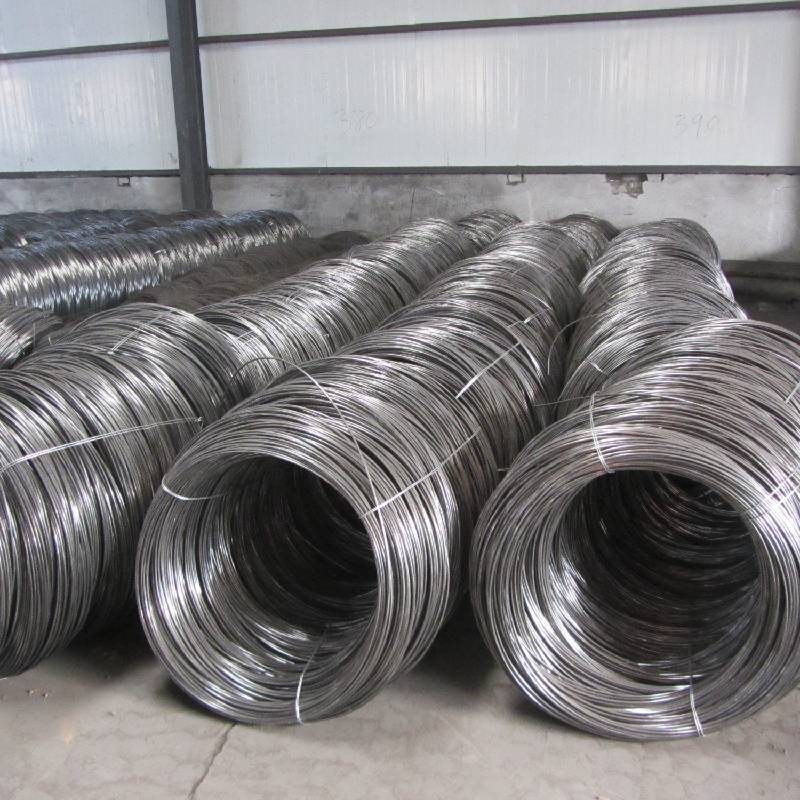Understanding Perforated Mesh Versatile Applications and Benefits
Perforated mesh, often referred to as perforated metal, is a material that has become integral across various industries due to its unique properties and versatile applications. Composed of a flat sheet of metal—typically steel, aluminum, or stainless steel—perforated mesh features a series of holes punched into it, resulting in a lightweight yet strong structure. The holes can vary significantly in size, shape, and spacing, allowing the material to be customized for specific uses.
One of the most significant advantages of perforated mesh is its ability to provide excellent airflow and light penetration while maintaining a high level of strength and durability. This characteristic makes it an ideal choice for a variety of applications, ranging from architectural designs to industrial processes. For instance, in architectural projects, architects can use perforated metal panels for facades, sunshades, and decorative elements. These panels not only enhance aesthetic appeal but also improve energy efficiency by reducing heat gain through sunlight while still allowing natural light to filter into a building.
In the industrial sector, perforated mesh plays a crucial role in filtration and separation processes. It is often employed in the manufacturing of filters for liquids and gases, where the precise dimensions of the holes can be tailored to achieve specific filtration results. For example, in water treatment facilities, perforated mesh can be used in screens to prevent larger particles from entering pumps and other sensitive equipment. Similarly, in the food and beverage industry, it serves to separate solids from liquids, ensuring the purity and safety of the final products.
perforated mesh
Another area where perforated mesh excels is in sound control applications. The perforations in the material can dissipate sound waves, making it an excellent choice for acoustic panels in offices, theaters, and other public spaces. This not only enhances comfort for occupants by reducing noise levels but also contributes to improved focus and productivity in workplace settings. By integrating perforated mesh into design elements, spaces can enjoy both visual appeal and functional sound management.
Moreover, perforated mesh is widely used in safety and security applications. For example, expanded and perforated metal screens are often used as protective barriers in construction sites or industrial environments, providing a safe yet visible enclosure. In transportation, it can be found in railway stations as protective barriers and ventilation covers, promoting safety while allowing for air passage. Its robust nature ensures that it can withstand harsh environmental conditions, making it a reliable choice in both exterior and interior applications.
Perforated mesh also offers significant benefits in sustainable practices. As a material that can be fully recycled, it supports eco-friendly initiatives within various industries. The lightweight nature of perforated sheets allows for reduced material usage and transportation costs, which further contributes to a decrease in environmental impact. Additionally, when used in green building practices, perforated mesh helps reduce the energy footprint of structures through improved insulation and ventilation.
In conclusion, perforated mesh stands out as a highly functional and adaptable material that meets the diverse needs of numerous industries. With its ability to balance strength with lightweight design, alongside its capacity for airflow, light filtration, and sound attenuation, perforated mesh presents endless possibilities for architects, engineers, and manufacturers. As industries continue to push for innovative solutions and sustainable practices, the role of perforated mesh is likely to expand, paving the way for further advancements in design and functionality. From enhancing aesthetic appeals in architecture to ensuring efficiency and safety in industrial processes, perforated mesh undeniably plays a pivotal role in modern applications. Its versatility is a testament to the ingenuity of modern materials and their capability to meet the evolving demands of a dynamic world.























